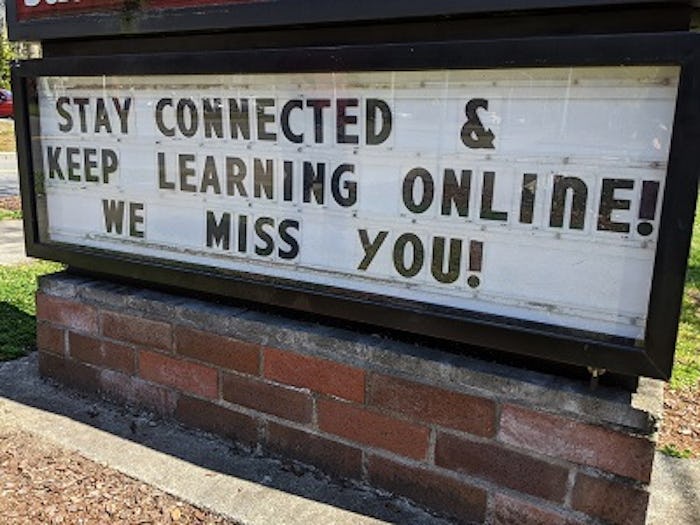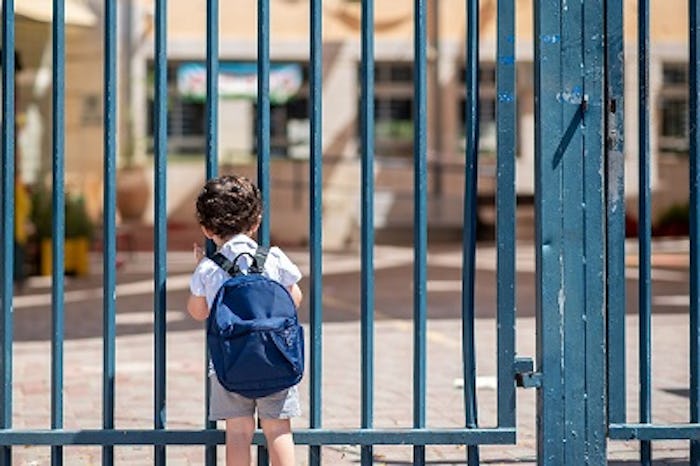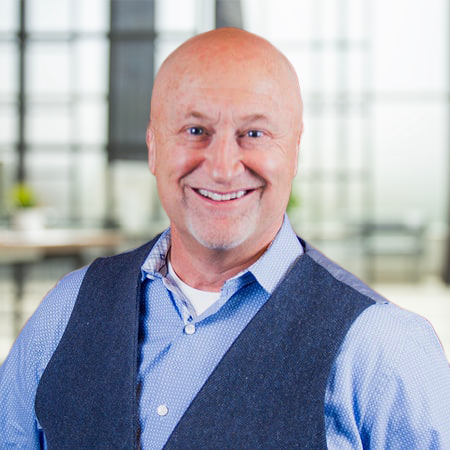

As the Covid pandemic continues schools are being closed and educators are bearing the brunt of responsibility for delivering lessons outside of the typical classroom paradigm. These closures fail our children, many of whom find safety, food and role models to be more consistent in school than in their home. One child in eight in America lives with a parent with an addiction and for them school is a lifeline. Closures fail educators and students because haphazard replacement education relies almost entirely on teachers to deliver education on unproven platforms to students in unknown, uncontrolled environments with technology often not accessible to lower income families. They fail because closures are ultimately leading to an exodus from the teaching profession. They fail because children need social interaction to be mentally fit.
School closures may lead to one million additional high school dropouts, particularly among children from low income households. Dropouts live shorter lives, so while the virus kills, so too, do school closures. It has been estimated that closures of primary schools in the United States will cause many more years of life lost, because of increasing numbers of dropouts, than could be saved even if schools did spread the virus freely. Dropouts also are less able to give back to society. Education is paramount for a healthy, able and, adaptable society.
Educators are taxed beyond sustainable stress levels. Teachers describe immense challenges, and exhaustion, while trying to provide lessons for students during ongoing Covid protocols. In a recent survey by the National Education Association, the country’s largest teachers’ union, 28 percent of educators said the coronavirus made them more likely to leave teaching or retire early. “If we keep this up, you’re going to lose an entire generation of …students and teachers,” said Shea Martin, an education scholar and facilitator.
Teachers singled out hybrid programs requiring them to instruct in-person and remote students simultaneously as being particularly taxing. In early November, Gov. Tim Walz of Minnesota, issued an executive order requiring schools to give teachers 30 minutes of additional prep time every day for remote or hybrid instruction. The order also warned schools in the state against requiring educators to simultaneously teach in-person and remote students.

All this adds up to school closures not serving children, educators or future public interests. Yet America is shutting schools. New York City is closing schools in the nation’s largest school district. Boston, Philadelphia, Baltimore and Washington, D.C., have all closed schools.
Adeola Whitney, chief executive of Reading Partners, an early literacy program, referred to the “summer slide” in which low-income students lose ground during the summer months. “The ‘summer slide’ is… being dwarfed by ‘Covid slide’ projections.”
Granted, the virus is surging in the US and it may be necessary to close some schools. However, the United States is quickly shuttering schools even as businesses like bars remain open. Much of Europe pursued the opposite route, doing everything possible to keep schools operating. It doesn’t make sense to shutter schools. We are finding ways to keep other businesses operating. We should be able to keep our schools open for our kids.
In both Europe and the United States, schools have not been linked to substantial transmission, although this is truer of elementary schools than of high schools. Meanwhile, evidence is mounting on the mental and societal costs of school closures.
Lauren Berg is an elementary school principal in McMinnville, Oregon. Berg said some students flourish with distance learning, but three or four students in each class struggle to attend regularly. The school tries everything: It gives out Chromebooks, hot spots, headphones, even personal timers with meeting times pre-scheduled with alarms. Teachers drop off food and school supplies, or sit in driveways to try to get pupils to log in to the system. “Even with all of this,” Berg said, “we are still missing students.”
Let’s innovate and engage to keep our schools open for our children and our future.

 © Copyright 2024, The True Life Companies. All Rights Reserved. Website Design by Kovach Marketing. Development & Hosting by Blue Tangerine.
© Copyright 2024, The True Life Companies. All Rights Reserved. Website Design by Kovach Marketing. Development & Hosting by Blue Tangerine.